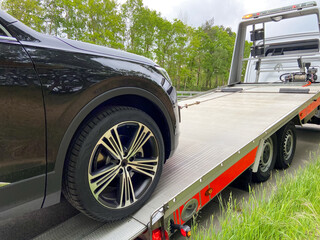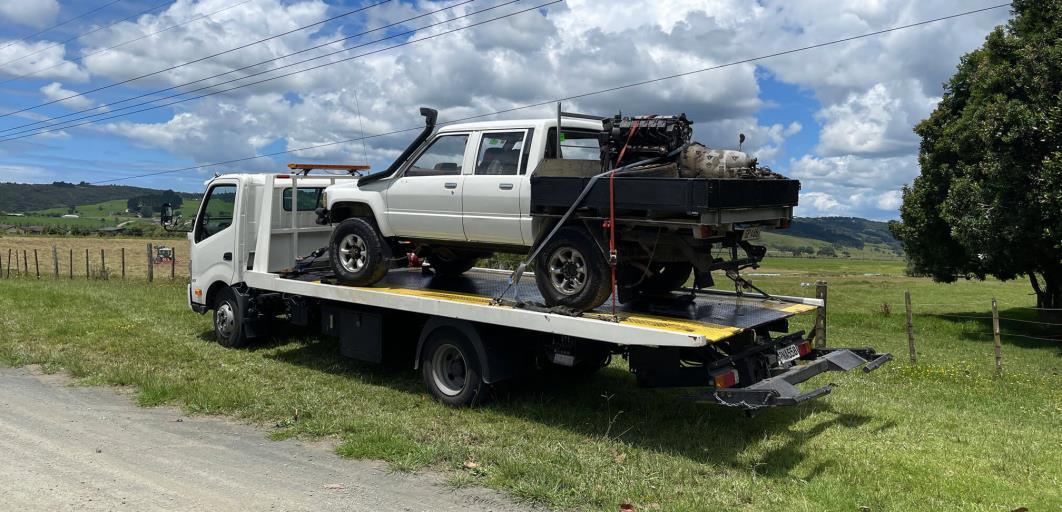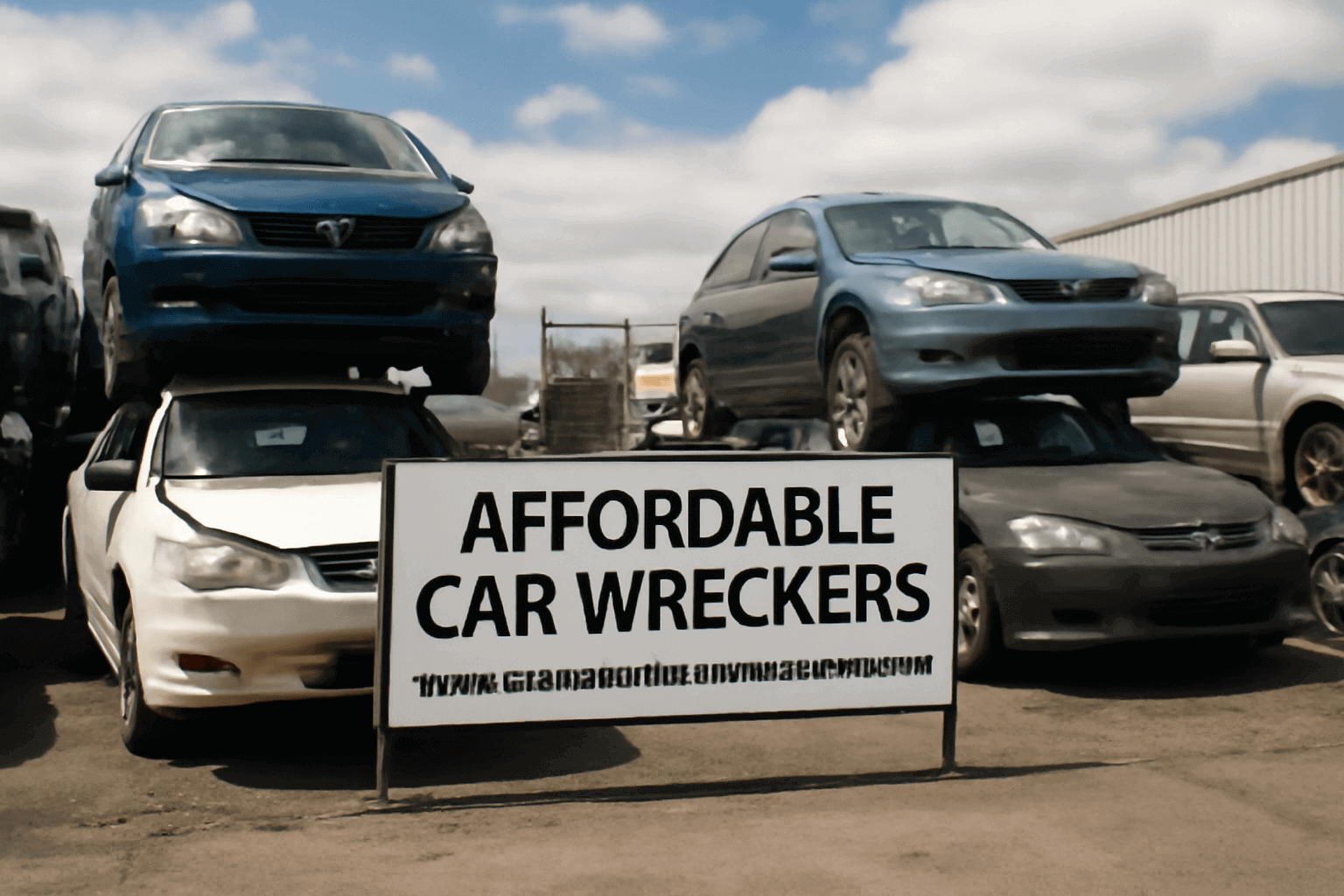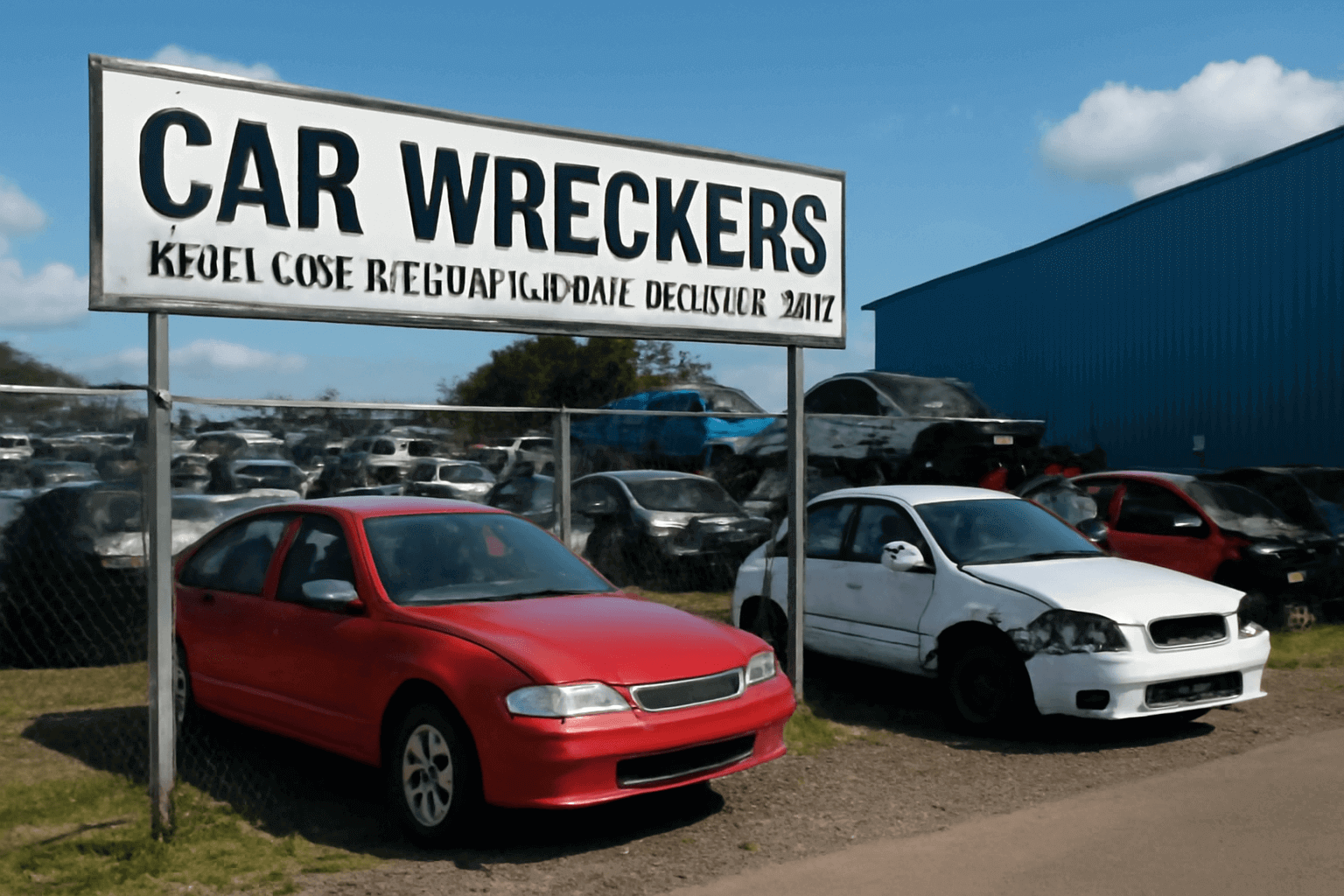How to Sell My Car: A Comprehensive Guide
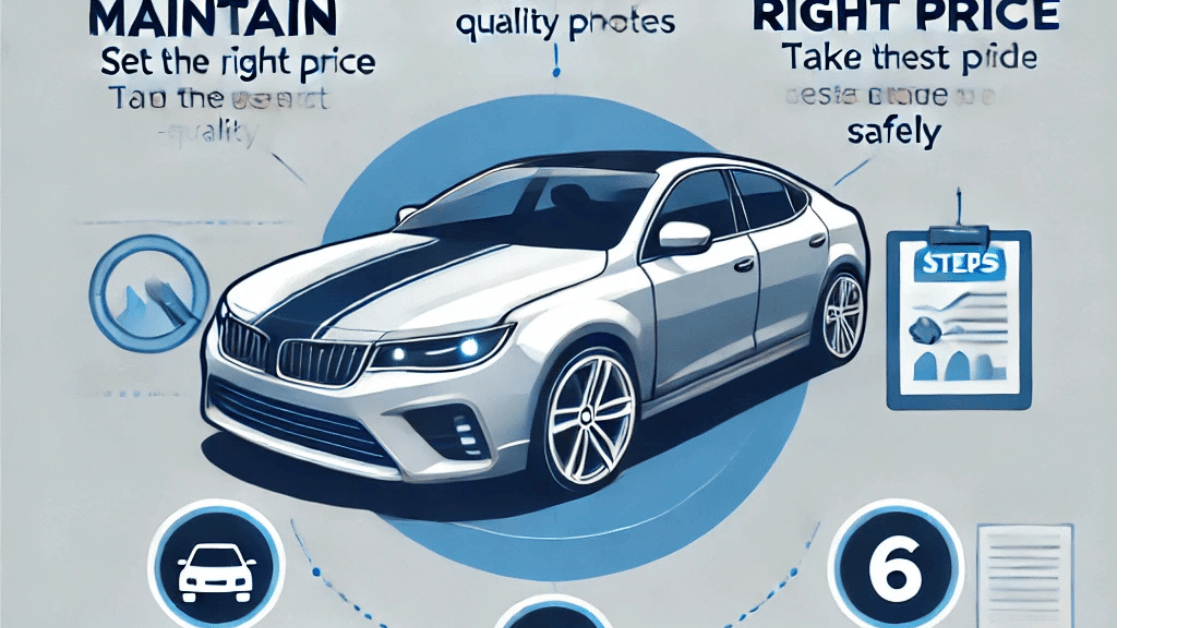
Preparing the Vehicle for Sale
Selling a car involves more than just listing it online. Proper preparation can significantly impact the final sale price and attract serious buyers. Start by thoroughly inspecting your vehicle for any visible damages or maintenance issues. Address minor repairs like fixing scratches, replacing worn-out tires, or ensuring the brakes function properly. Gather all relevant documents, including the car’s service history, registration papers, and any warranties. Setting the right price is crucial; research similar models online and factor in mileage, age, and condition to determine a competitive rate. A well-maintained, accurately priced vehicle stands out in the crowded marketplace.
Cleaning and Maintenance
A clean car makes a lasting impression on potential buyers. Start with a thorough wash and wax to enhance the exterior shine. Vacuum the interior, clean upholstery, and remove any personal belongings. Pay attention to details like wiping down dashboards, polishing windows, and deodorizing the cabin. If necessary, invest in professional detailing services to restore the vehicle’s appearance. Address mechanical issues by getting an oil change, checking fluid levels, and replacing air filters. A well-presented and mechanically sound car not only attracts more buyers but also increases your chances of securing a higher price.
Valid Warrant of Fitness
A current Warrant of Fitness (WOF) is essential for selling a car in New Zealand. It confirms the vehicle meets road safety standards, giving buyers confidence in their purchase. Ensure your car has a valid WOF before listing it for sale. If the warrant is about to expire, consider renewing it to enhance your vehicle’s appeal. Buyers are more likely to negotiate a better deal if they know the car is legally roadworthy.
Advertising the Vehicle
Effective advertising is key to reaching the right buyers. Choose reputable platforms like Trade Me Motors, AutoTrader, or social media marketplaces. Include high-quality images showcasing the car’s exterior, interior, and key features. Write a compelling description highlighting mileage, fuel efficiency, service history, and unique selling points. Set a competitive price based on market research and consider offering test drives to serious buyers. The right advertising approach ensures maximum visibility and attracts genuine offers.
Creating Compelling Ads
A well-crafted advertisement makes a significant difference in attracting buyers. Use clear and concise language to highlight your car’s key features. Mention recent upgrades, low mileage, or fuel efficiency to make it stand out. Ensure the photos are high resolution and taken in good lighting. A catchy yet informative headline, like “Well-Maintained 2018 Toyota Corolla – Low Mileage & Great Condition,” can make your listing more appealing. Honest and transparent ads help build trust with potential buyers, making the sales process smoother.
Platforms to Use
Different platforms cater to different buyers, so choosing the right one is crucial. Trade Me Motors and AutoTrader are popular options in New Zealand, offering a vast audience and credibility. Social media platforms like Facebook Marketplace allow quick interactions but may require extra vigilance against scams. Dealerships provide convenience but often offer lower prices. Assess each platform’s reach, fees, and safety measures to determine the best option for your needs.
Documentation and Legal Requirements
Ensuring proper documentation is vital for a hassle-free sale. The key paperwork includes the vehicle’s registration, service history, and a “Change of Registered Person – Buyer” (MR13B) form. Notify the New Zealand Transport Agency (NZTA) about the sale to avoid liability issues. Retain copies of the signed sale agreement for your records. Proper documentation ensures a legal and smooth transfer of ownership.
Change of Ownership Process
Transferring ownership is a straightforward but crucial step. The seller must complete an MR13A form, while the buyer completes an MR13B form. Both parties should submit the forms to the NZTA. Ensure the buyer registers the vehicle under their name promptly to avoid any legal complications. Clear communication and proper documentation make the process seamless.
Completing Necessary Forms
Accuracy in filling out necessary forms is essential to prevent delays. The MR13B form is required for notifying authorities of the change in ownership. Other documents, like proof of sale and registration certificates, should be completed without errors. Double-check the details before submission to avoid unnecessary complications during the transfer.
Conducting Viewings and Test Drives
Meeting potential buyers for viewings and test drives requires preparation and caution. Arrange meetings in public locations for safety. Have a checklist to showcase key features and answer buyer inquiries confidently. Allow serious buyers to test drive under controlled conditions, ensuring they have a valid driver’s license. Setting ground rules, like limiting drive duration and accompanying the buyer, can prevent issues.
Safety During Viewings
Safety should be a priority during viewings. Meet buyers in well-lit, public places and bring a friend or family member. Avoid sharing personal details and only hand over the keys once you feel confident about the buyer’s legitimacy. If possible, schedule viewings during daylight hours to minimize risks.
Handling Potential Buyers
Effectively managing buyer interactions improves the selling experience. Be honest about the car’s condition and history. Negotiate confidently but be prepared to stand firm on a fair price. Avoid rushing into deals with overly aggressive buyers. Clear and professional communication ensures a smooth transaction.
Protecting the Seller’s Interests
Protecting yourself from post-sale complications is essential. Always draft a written agreement outlining the sale terms, including the car’s condition, price, and date of transfer. Ensure the buyer completes ownership transfer promptly. Keeping a copy of all documents minimizes future disputes.
Post-Sale Responsibilities
After selling the car, notify the NZTA to officially remove your name from the vehicle’s records. Cancel any insurance policies associated with the vehicle. If applicable, deregister road user charges (RUC) to avoid further liability. These steps ensure a clean break from the sold vehicle.
Avoiding Scams
Scams are common in private car sales, so vigilance is crucial. Be wary of buyers who insist on remote transactions, request excessive personal information, or offer overpayments. Avoid accepting cheques from unknown sources and always verify funds before handing over the vehicle. Recognizing red flags helps safeguard your interests.
Transferring Personalised Plates
If your car has personalised plates, ensure they are properly transferred to the new owner. Complete the “Transfer of Entitlement” form and submit it to the NZTA. This process ensures the plates are legally reassigned, preventing future ownership issues.
FAQs
What is the best place to sell your car?
The best platform depends on your priorities. Trade Me Motors offers a large audience, while AutoTrader provides credibility. Social media marketplaces can be faster but riskier. Evaluate your options based on convenience, reach, and safety.
What is the best way to sell a car in New Zealand?
Private sales typically yield higher returns, but dealership trade-ins provide convenience. Online marketplaces offer flexibility and wide exposure. Choosing the right method depends on how quickly you need to sell and the price you aim to get.
Who will give me the most money for my car?
Private buyers generally offer the best price compared to trade-ins or dealerships. Ensuring your car is well-maintained, properly advertised, and priced competitively maximizes profit potential.
What is the most profitable way to sell your car?
Selling privately through reputable platforms with a well-prepared vehicle and compelling ad can yield the highest return. Proper negotiation skills and detailed documentation further enhance profitability.
Conclusion
Selling a car involves multiple steps, from preparation and advertising to legal documentation and final transactions. Ensuring the vehicle is well-maintained, properly priced, and effectively marketed can make the process smoother and more profitable. Taking precautions against scams and handling legalities diligently ensures a secure and hassle-free sale. By following these steps, sellers can confidently navigate the process and achieve the best outcome.


